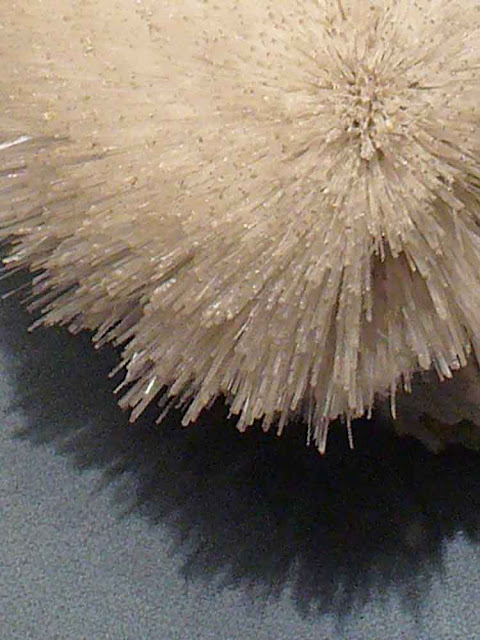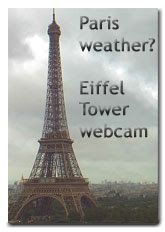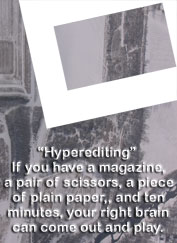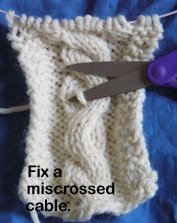Right after I was done with lunch, my better half caught up with me. We looked at minerals together. As the day got older, people finally started to go away. Thank goodness. After 5:00, it was pretty nice in the museum!
I was not very good at capturing id info, alas. Wondering, now, which processes went into making this. (This is a slice through a big piece of rock. Maybe a yard across or more?)
This, too, was feet in dimension, rather than inches or millimeters.
I did think to capture the explanatory info for the rock above.
I don't usually find two words in five I am not sure how to pronounce.
Not in English, anyway. Or maybe this is Geologic, rather than
English? I don't know what they mean, either.
(from Google) gneiss: a
metamorphic rock with a banded or foliated structure, typically
coarse-grained and consisting mainly of feldspar, quartz, and mica.
(from A Dictionary of Earth Sciences) ptygmatic fold An irregular, lobate fold, usually found where single competent layers are enclosed in a matrix of low competence. Typically, ptygmatic folds do not maintain their orthogonal thickness (i.e. they are similar folds). Characteristically their axial planes are curved. I clicked through the "competent" link in the paragraph, and found "Typically, a competent rock is more viscous than an incompetent rock, more prone to fracture, and maintains its thickness on deformation. An incompetent rock is usually more ductile than a competent rock and therefore flows more easily."
(Digression -- why is it that people insist on making up new meanings for perfectly good words. We all have a pretty good idea what "competent" means, and I bet none of us would say it means "more viscous" than "incompetent"! I think it would be much more sensible for them to make up a new word than to invent an alternate meaning for a perfectly fine word that most people already know! Sheesh!
End of Digression)
Looking out the window. The National Gallery of Art is east of the Museum of Natural History, and there's the Capitol, east and just a bit south.
"Rhodonite, with calcite and franklinite." I think it would be nice to know which was which......
"Stibnite" This is a color picture............
Oh my. Of all the things I saw on the 28th, this is one I would love to own. Isn't it excellent? It may be about a foot tall.
Alas, I did not capture the info on this one.
This is the other one I love. This is huge. More than a yard tall. Love the shape, and love the shadows. This would be totally impractical to own, but ... wow. So cool. (Much more interesting and appealing than most things in many modern "art" museums, in my humble!)
Looking out the window again. Hmmm. Looks like it could ... rain......................
Fluorite.
More fluorite -- jumbles of crystals, with more different crystals scattered here and there.....
Of course the Museum of Natural History has a big collection of jewelry-type minerals, too. I don't find those nearly as interesting as the "wow, Mother Nature made THIS?" types we've been looking at, so we didn't particularly visit the $$$$$ ones, nor did I record any of them.
There were two spectacular exhibits of wildlife photography in the museum when we were there. The pics are not mine to share, so I won't. The pictures were amazing, and the prints were huge. Very fun to get to see.
On our way back to the Smithsonian Metro stop.
Birds on the Mall.
We didn't get wet until we were leaving the restaurant after supper. Then, it was pouring. Luckily the hotel was nearby, and it wasn't cold. No electronics were harmed.
.













































No comments:
Post a Comment